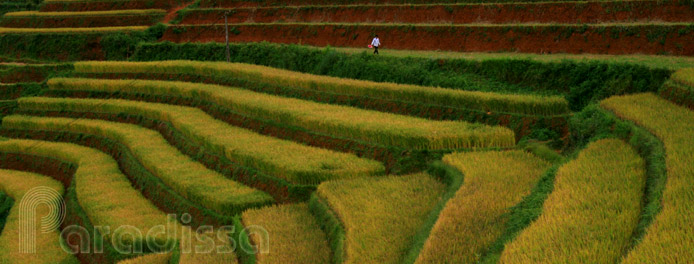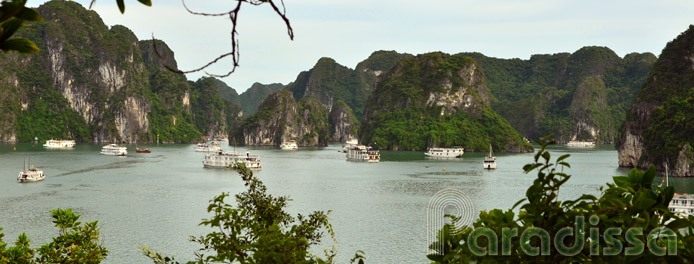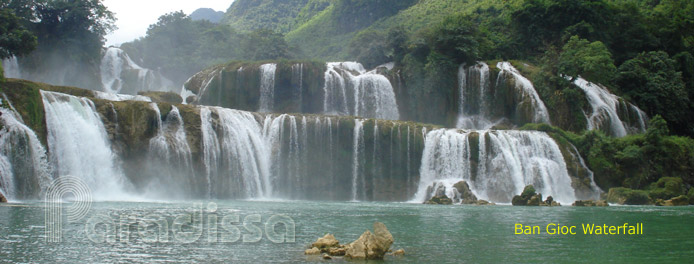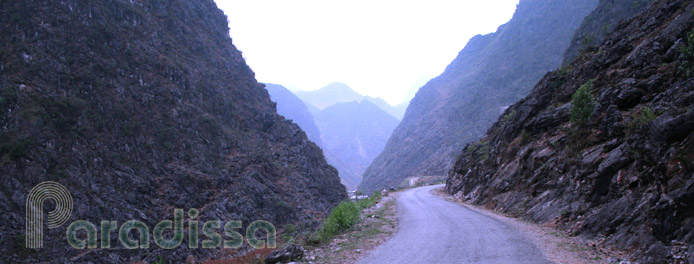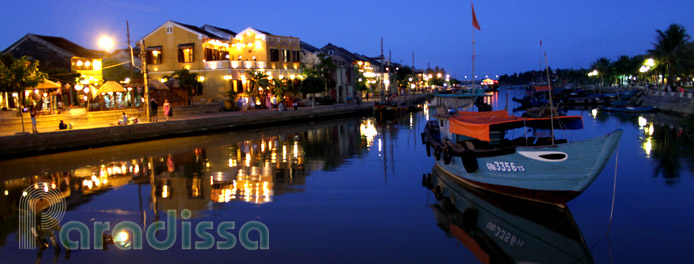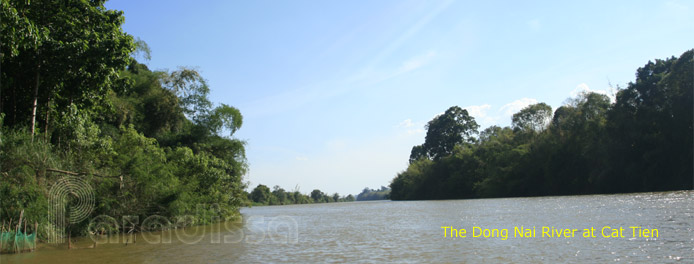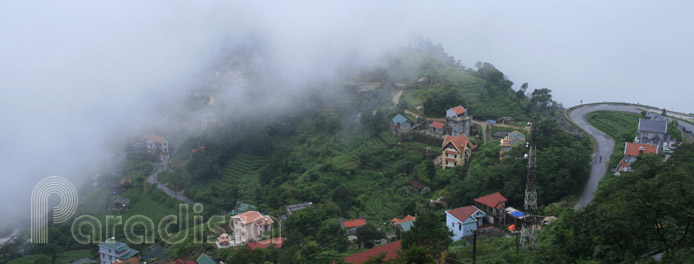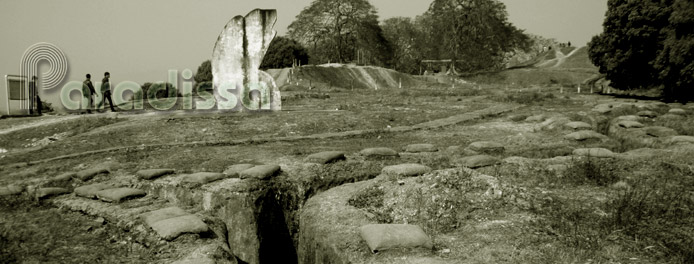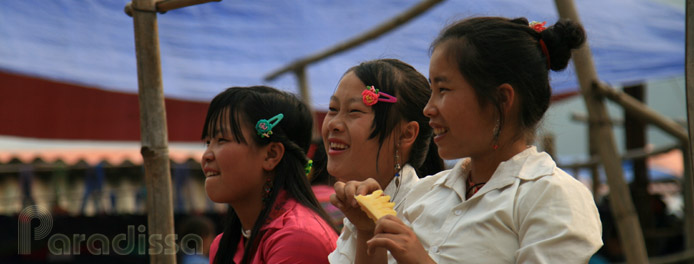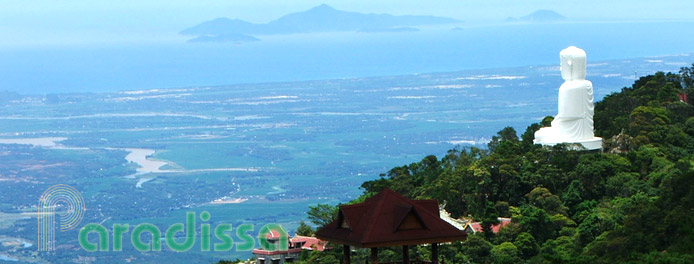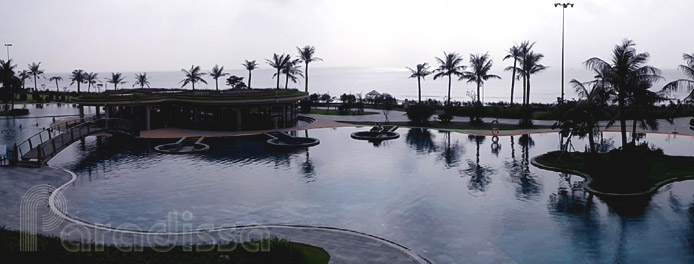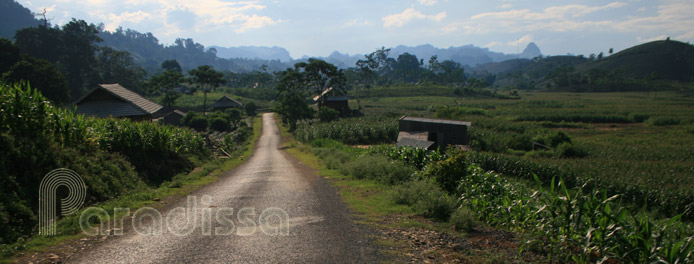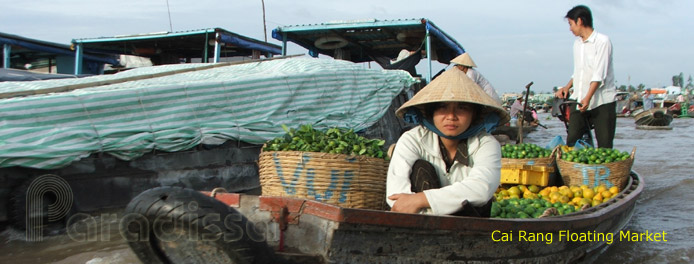Kwang Binh Holiday Weather today
Date/time of update: April 29, 2024, 3:45 pm, Timezone: GMT+7
Few Clouds
Temperature: 28.56°C
Temperature feels like: 30.87°C
Minimum Temperature: 28.56°C
Maximum Temperature: 28.56°C
Atmospheric pressure: 1003hPa
Humidity:64%
Visibility: 10000m
Wind speed: 3.08m/sec
Wind Direction: 165 degrees
Cloudiness: 16%
Sunrise: 2024-04-28 10:28:31
Sunset: 2024-04-29 11:13:08
Phong Nha - Ke Bang of Quang Ninh, Bo Trach and Minh Hoa Districts, Quang Binh Province was set aside as a national park in 2001.
Travel Guide to Phong Nha Ke Bang National Park, Quang Binh
Overview
The national park, which has 85,754 hectares of a core zone (with strictly protected zone of 64,894 ha; ecological recovery zone of 17,449 ha and administrative service zone of 3,411 ha) and 195,400 hectares of buffer zone, is 50km north-west of Dong Hoi Provincial Capital of Quang Binh and 500km south of Ha Noi. Recently there are flights between Ha Noi and Dong Hoi which may facilitate more tourism in the area.
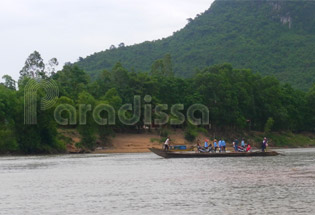
The Son River in Phong Nha Ke Bang National Park
Phong Nha – Ke Bang was first listed as a World Heritage Site by the UNESCO in 2003 for containing massive evidence of the earth’s history which increases humans' understanding of the geologic, geomorphic and geo-chronological history of the region.
In 2008, the UNESCO again listed Phong Nha – Ke Bang as a World Heritage Site because of the high level of biodiversity and endemic species of the national park. Knowledge to the area of Phong Nha – Ke Bang is very limited since researches started only recently and in lack of facilities. Further studies may bring more surprising revelations about this area.
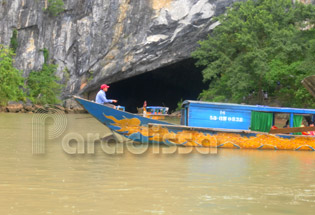
Phong Nha Cave
Phong Nha Cave has 7.7km explored and is the biggest and most beautiful cave in the system with an underground river; and Ke Bang is the name of the karst mountain range in the area. Phong Nha – Ke Bang has, as known to date, over 300 caves, above and underwater, with a total length, known to date, of 65km. The underground river running through the Phong Nha cave system is about 14km long.
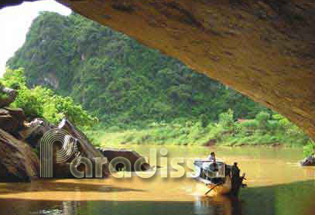
Mouth of the Phong Nha Cave
Geology
The karst system of Phong Nha – Ke Bang is only part of a much larger dissected plateau which expands further into Laos. The system of karst at Phong Nha – Ke Bang started to evolve some 400 million years ago. During the formations, there were major tectonic changes with complex combination of uplifts and cracks on the surface.
There are signs of hydrothermal activities in which water came into contact with the cracks and through complicated physical and chemical procedures helped to form system of caves at Phong Nha – Ke Bang. Also because of the long and not yet determined process, the limestone of Phong Nha – Ke Bang is of interbedded layers of different elements including shales, sandstones, granites, schists...which makes the topography of the area very distinctive.
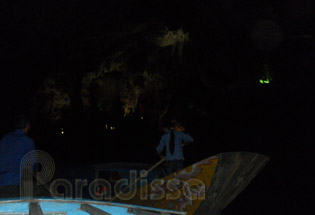
Inside the Phong Nha Cave
Mountains
The mountain peaks of Phong Nha – Ke Bang range from a few hundred meters to over 1000m above sea level. The karstic mounds account for the major areas of the national park and are mostly over 800m above sea level; while the non-karstic mounds account for the minor parts and and are mostly lower than 500m in elevation composing mainly of dome-like low mountains. The mountain peaks are separated by narrow valleys.
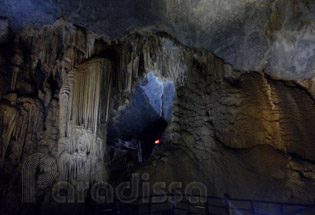
The Paradise Cave at Phong Nha Ke Bang
Rivers
There are 3 main rivers in the area of Phong Nha – Ke Bang: the Chay, the Son and the Trooc Rivers. The complicated underground rivers make their way underneath the caves and emerges on the ground at some caves discharging into the main rivers. All rivers of Phong Nha – Ke Bang rinse out into the Gianh River of Quang Binh Province then flow into the East Vietnam Sea.
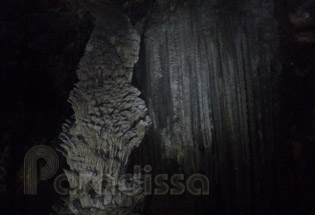
The Paradise Cave at Phong Nha Ke Bang
Weather and Climate
Phong Nha – Ke Bang like other areas in northern Vietnam has a tropical monsoon climate with 2 major seasons: the rainy season (September to January) and dry season (March to August). The annual rain fall is from 2,000mm to 2,300mm with most rainfall found in September, October and November. Many places are flooded during the rainy season while most rivers and streams dry up during the dry season.
Temperatures may range from 8-10 Degrees Celsius to over 40 Degrees Celsius; the hottest time is from June to August and the coolest time is normally from November to January with the lowest temperature of around 6-8 Degrees Celsius.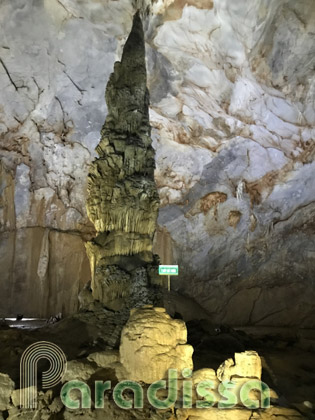
Forest at Phong Nha – Ke Bang
Phong Nha - Ke Bang National Park has over 96% of its area covered in forests (measured by remote sensing in 1995), most of which are primary moist and dense forests on karst landscapes with many canopy stratifications and with timber trees of up to over 50m high. Also Phong Nha – Ke Bang is part of the Truong Son Range Eco Region which has rich biodiversity and species endemism.
Flora and Fauna at Phong Nha – Ke Bang
Initial surveys have found in the flora system of Phong Nha – Ke Bang: 140 families, 427 genera, and 751 species of vascular plants, of which 36 species are endangered and listed in the Vietnam's Red Book. The most common species found are Hopea sp., Sumbaviopsis albicans, Garcinia fragraeoides, Burretionendron hsienmu, Chukrasia tabularis, Photinia aroboreum and Dysospyros saletti.
There are 568 vertebrate species recorded in the fauna system of Phong Nha – Ke Bang, comprising 113 mammals, 81 reptiles and amphibians, 302 birds, and 72 fish with many listed as endangered species such as: Tiger Panthera tigris, Asiatic Black Bear Selanarctos thibetanus...Phong Nha – Ke Bang is especially rich in primate species many of which are endemic to Indochina such as: Semnopithecus francoisi, Pygathrix nemaeus, Hylobates leucognis and Nyctibeus coucang. New species are regularly found at Phong Nha – Ke Bang making it more intriguing a destination for scientists and for nature-seeker travellers.
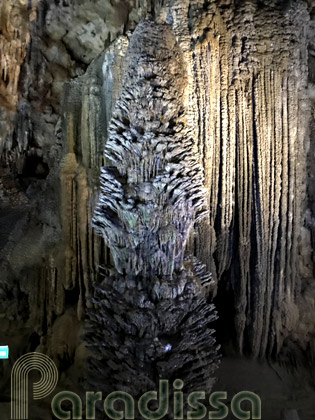 Tourist Attractions, Things to do, Tourism at Phong Nha – Ke Bang
Tourist Attractions, Things to do, Tourism at Phong Nha – Ke Bang
Phong Nha – Ke Bang is not yet a hot destination for foreign travellers to Vietnam yet, but a popular destination for the local tourists. The most travel activities at Phong Nha – Ke Bang now are for visits to the caves of Phong Nha, Tien Son and Thien Duong (Paradise Cave). The visitor here would board on small motor-boat on the Son River for half an hour to the underwater cave, from the pier at the cave, one can hike for 1 hour or so to the dry cave. The river cruise scenic and flanked by evergreen mountains; the hike is quite tough, especially in high humidity.
Other activities are not included yet due to lack of good management and due to that the Vietnamese government doesn't want to put too much pressure on the environment of the national park. Also, there is a newly-discovered cave called Son Doong which possesses an unreal beauty and which is not yet ready to receive visitors.
Tourism facilities at Phong Nha – Ke Bang National Park are poor. There's no international standard accommodation available yet. Normally Paradissa would combine a trip to the wild of Phong Nha – Ke Bang and a relaxing beach vacation at Nhat Le Beach.
Dong Hoi Average Monthly Rainfall and Temperatures




